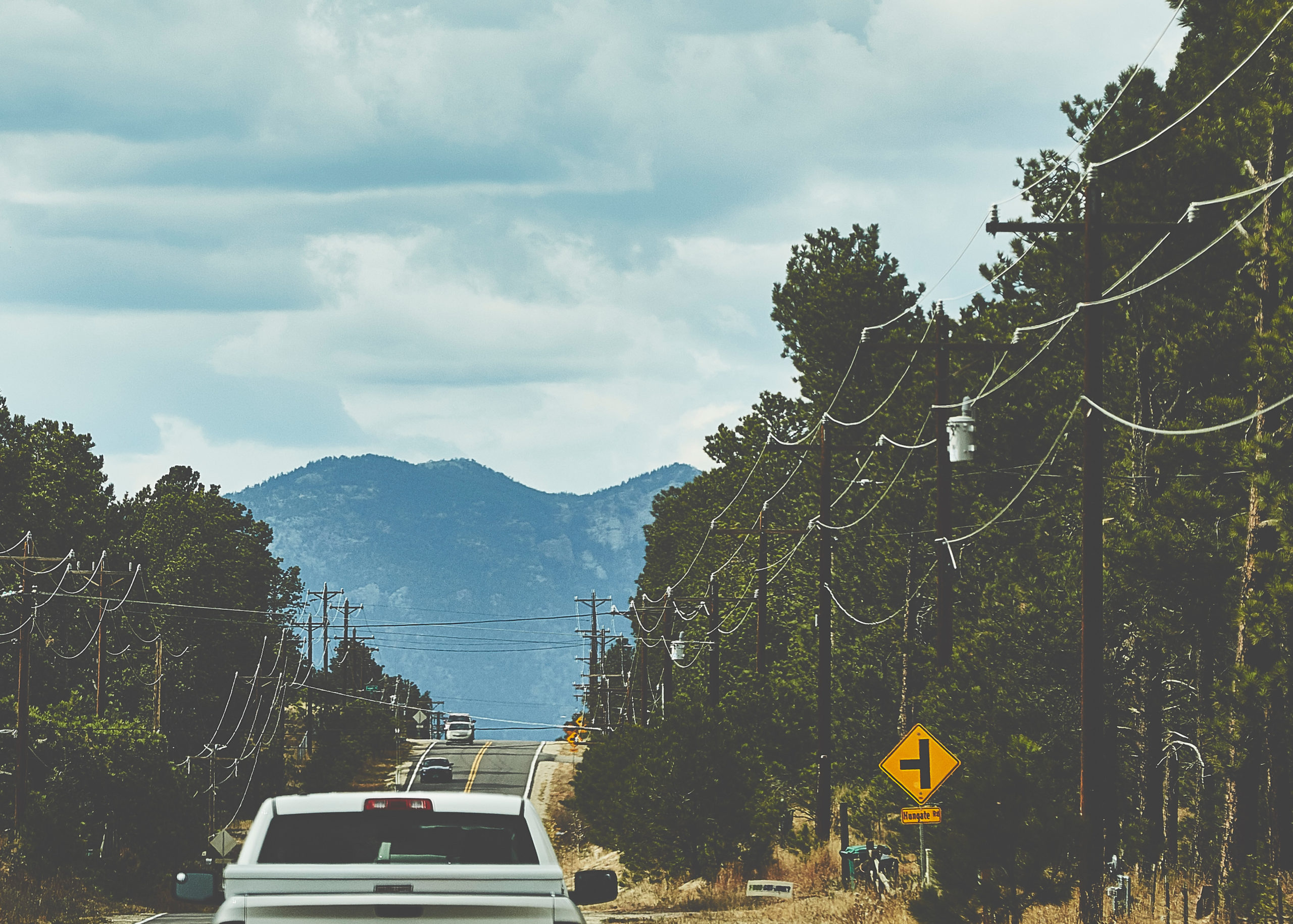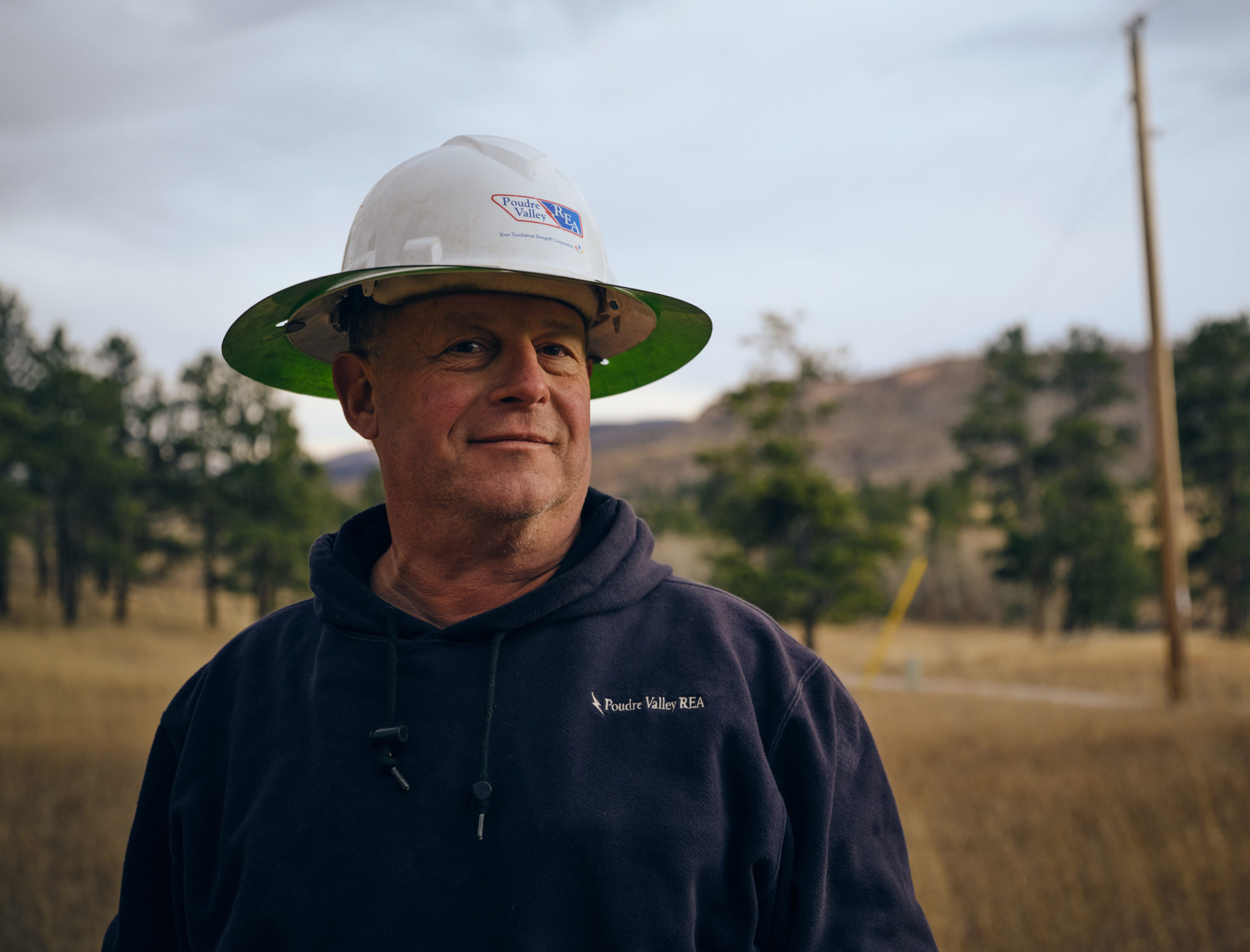We're actively reducing outages and preventing safety hazards by properly managing vegetation near our power lines.

When trees or other vegetation contact power lines, sparks can fly, power can be lost, electricity can travel to another object or structure, or even worse.
A leading risk for fires is improperly managed vegetation, and each year people are injured or killed when climbing or pruning trees near power lines.
Understand what our role is in keeping our rights-of-way clear of hazards so we can continuously provide you the safe, reliable power you depend on.
Learn the ways you can help reduce the likelihood of trees on your property contacting electric lines. And know what to do if you have a tree concern.

Maintaining rights-of-way clearance is necessary to provide you safe and reliable service. We utilize our own tree trimming experts and contractor crews to clear trees and other vegetation along the right-of-way for our power lines. Our vegetation management plan operates on a 3-year rotation of areas across our service territory.
We operate within our rights-of-way, dependent on access. If we do not have proper access, we will work with members and always respect your property.
It’s crucial we keep power lines clear of trees and other vegetation to help protect our electrical system from hazards and ensure the reliable delivery of power. Proper vegetation management helps prevent tree-related power outages and helps mitigate the risk of fire.
We trim or remove trees within 10 feet of primary overhead electrical lines. We will remove ‘hazard trees’ that could be diseased, dying, or dead, or in situations where a tree may affect the integrity of our power lines.
We communicate with members before crews come to your property. We send out postcards or email alerts in anticipation of planned work. Ensure we have your up-to-date contact information by completing this form, or by setting your notification preferences in our mobile app or in your online account.
We utilize specially trained tree trimming experts who specialize in working near high-voltage power lines with proper equipment. Our PVREA crews or contract crews will perform any necessary work.
Wood that is too large for the chipper is piled and left for the property owner.
Members are responsible for obstructions in secondary lines – from the meter to your home or other structures on your property.
Do not attempt to remove anything in contact with power lines. Contact us or a trained private tree removal specialist if a tree limb is contacting power lines.
Help protect your community from power outages, damaged utility equipment, and fires by reporting vegetation concerns to us and observe the ten-foot rule between trees and power lines on your property.
View our current map of planned vegetation management here.

When planning your home’s landscape, it is important to select the right tree for the right place. Because different trees have different mature heights, plan carefully where you plant each tree. Planting the right tree in the right place will enhance your property value and could add energy efficiency while also preventing costly trimming or damage to your home in the future.
Good landscaping must utilize shrubs and low-growing trees that are compatible with electric utility lines. Low-growing trees will not normally reach power lines, and therefore will help prevent power interruptions to you and your neighbors.